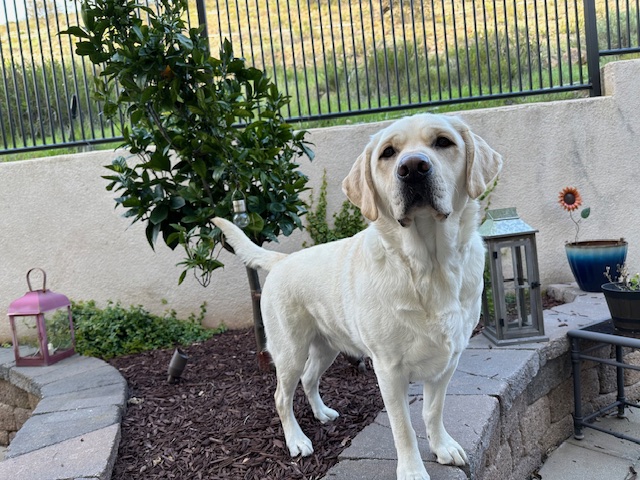Top 5 Ways to Engage your Nonprofit Board Members
Working with a nonprofit board of directors is one of the most important relationships an Executive Director will have. A great relationship with the Board Chair will make a big difference in the success of your organization.
Role of the Nonprofit Board
The board of directors of a nonprofit has three primary legal duties known as the “duty of care,” “duty of loyalty,” and “duty of obedience.”
- Duty of Care: Take care of the nonprofit by ensuring prudent use of all assets, including facility, people, and good will;
- Duty of Loyalty: Ensure that the nonprofit’s activities and transactions are, first and foremost, advancing its mission; Recognize and disclose conflicts of interest; Make decisions that are in the best interest of the nonprofit corporation; not in the best interest of the individual board member (or any other individual or for-profit entity).
- Duty of Obedience: Ensure that the nonprofit obeys applicable laws and regulations; follows its own bylaws; and that the nonprofit adheres to its stated corporate purposes/mission.
The legal duties of the Board of Directors is only part of their role. Board members also play very significant roles providing guidance by contributing to the organization’s culture, strategic focus, effectiveness, and financial sustainability, as well as serving as ambassadors and advocates.
Why Should They Be Engaged?
If the Board members are engaged, well oriented and are in the right role, they can move an organization beyond anything imagined.
A board of directors is constantly changing and keeping members engaged can be difficult. Board members are volunteering their time and trying to fit in their work with your organization around work, family and other commitments. Being respectful of the time they are giving you is important. Use it wisely.
5 Ways to Engage Your Board Members
- Be honest about the time needed to be successful. Don’t Tell a potential Board member that they won’t have to do much. That becomes a self-fulfilling prophecy. Be honest about how many hours a month or week you expect from them.
- Ask for their input. Don’t just provide updates with nothing expected from them
- Provide them a wish list. Let them know what your organization needs so they can help fulfill it. Ask for time, ideas, suggestions, leads…not always money.
- Visit with them with your Board Chair to get their feedback on how they can be more engaged
- Provide social outlets for them. People join a Board to give back and also to network and meet others. Give them those opportunities.
Additional Ways to Engage
Discover more on ways to engage your Board members. Starting each year with a Board orientation can help new and existing members know what to expect and how to be engaged. Don’t skip this step. I am always surprised by how existing Board members become more engaged after they attend an orientation – even if it isn’t their first time!
Good Luck…a great Board can make all of the difference for your organization. As the Executive Director, this is one of your most important objectives. And one that is never finished.












